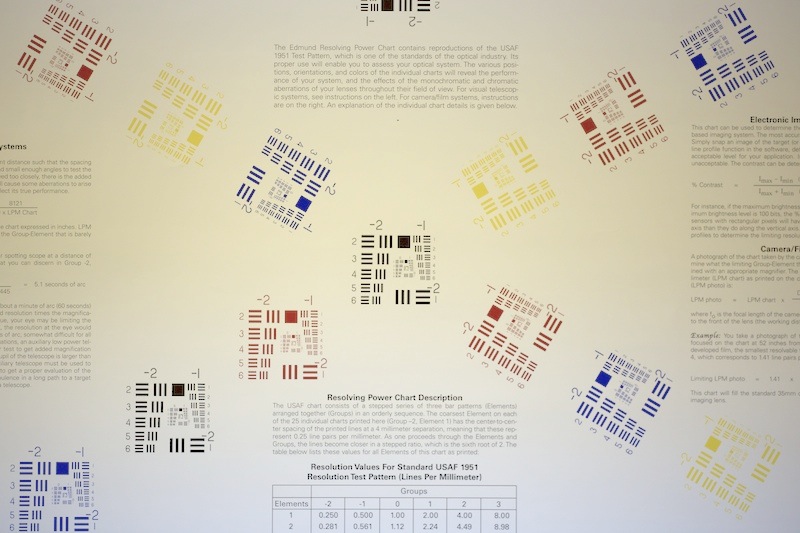Repair alerts
Sigma OS Macros on 5DIII / 1Dx Issue
We probably should have figured this out more quickly, but when a brand new Sigma 180mm f/2.8 OS gave us this picture shot on a Canon 5D Mk III, we simply wondered, “what’s wrong with the lens?”.

Sigma 180 OS on 5DIII jpg
Then we tested several others copies of the lens…
and they all did it. Then we realized the initial intake testing had been done on Canon 5D Mk IIs and when we tested them back on those cameras, they were fine.
That made the answer pretty obvious, and sure enough, if we saved the shot in raw, rather than jpg, the reverse vignetting went away. Below is the raw version of the same shot as above, converted outside the camera rather than saved as the in-camera jpg.

raw version of above image
Obviously there’s an issue with the camera’s automated illumination correction and the Sigma 180 OS f/2.8 Macro.
If you shoot LiveView, you will see the reverse vignetting on the LCD, but if you shoot through the viewfinder you won’t see it. We did a bit of investigation and here’s what we found:
- The phenomenon shows up on Canon 5D Mk III and 1Dx cameras only. T4i and 7D bodies with firmware upgrade do not do this, nor do any other older cameras we could test.
- The Sigma 180 OS and Sigma 150 OS macro lenses both show the effect and its identical. No other Sigma lenses that we stock showed the effect, nor did any Tamron or Tokina lenses. Obviously I can’t test what we don’t carry.
- If you turn off Illumination Correction in the menu the effect goes away. To repeat, though, Illumination Correction in the 7D and T4i–on or off–doesn’t cause the effect.
My first thought was that the Sigma lenses were using a Canon lens ID that required a lot more vignetting correction than this lens really does.
If that were the case though, I would expect the 7D and T4i would apply similar corrections, but they don’t seem to. Maybe one of you guys can figure it out.
Roger Cicala
Lensrentals.com
August 2012
Author: Roger Cicala
I’m Roger and I am the founder of Lensrentals.com. Hailed as one of the optic nerds here, I enjoy shooting collimated light through 30X microscope objectives in my spare time. When I do take real pictures I like using something different: a Medium format, or Pentax K1, or a Sony RX1R.

Pingback: Halo effect found with some Canon SLRs, Sigma lenses—but why? | pauloinstagram()